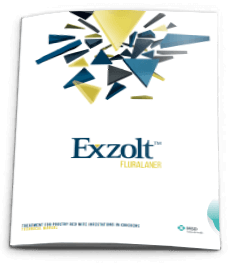The Threat of Northern Fowl Mites
The Northern Fowl Mite poses a severe threat to poultry production in many countries around the world. In fact, Northern Fowl Mites are the most common and damaging ecto-parasite of poultry in the United States. The threat of Northern Fowl Mites is also emerging in many Asia and Latin America countries.
The Lifecycle of the Poultry Red Mite
Aside from the egg, poultry red mites have four life-cycle stages:
- Larvae
- Protonymph
- Deutonymph
- Adult
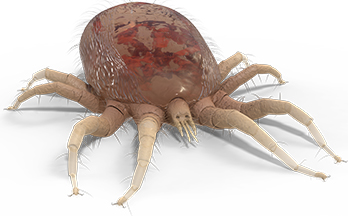
Larvae hatch with six legs but do not feed. After the first molt, both nymphal stages and adults have eight legs. Only protonymphs and adult females feed on host blood. All stages remain on the chicken, unlike the daily migration of Red Mites off birds. Eggs can hatch in as little as five days.
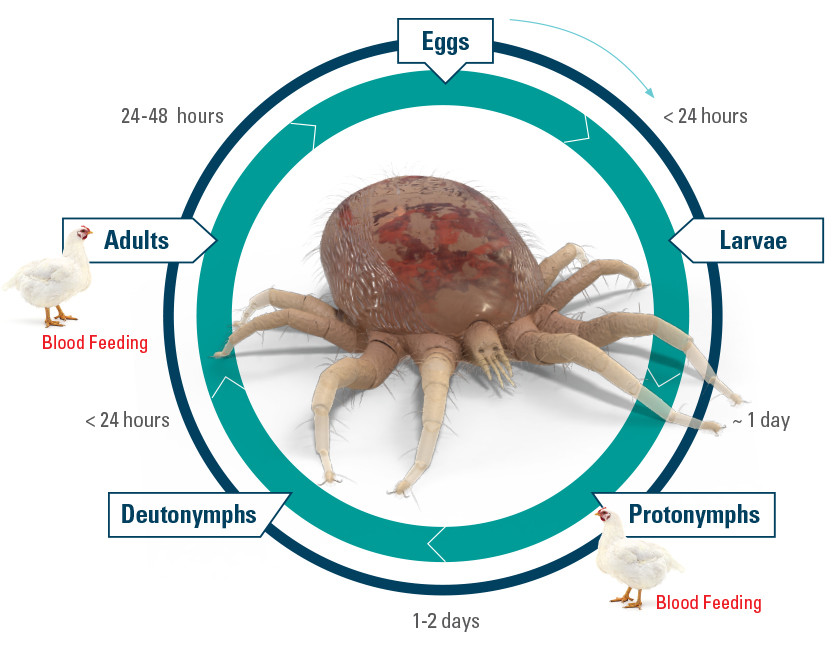

Physiological and Economical Damage Caused by Northern Fowl Mites
Northern Fowl Mite infestations can easily exceed 50,000 mites per bird and reach as high as 100,000 per bird, causing physical damage to birds as well as economic impacts to producers.
Lesions caused by mite feeding are an animal welfare concern, and the parasites can be incredibly damaging early in a new flock when young hens are even more sensitive to mites, reducing egg production and feed conversion efficiency.
PHYSICAL DAMAGE
When Northern Fowl Mites are in their blood-feeding stages, they can cause skin irritation and inflammation, initiating an immune response. Feeding can also cause anemia, resulting in up to 6% blood loss per day in infested birds.
Additional physical symptoms include:
- Anemia
- Higher rates of mortality
- Disease susceptibility
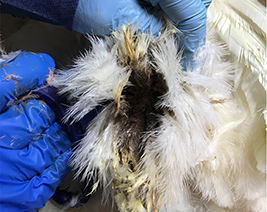
PRODUCTIVITY DAMAGE
Infestations of Northern Fowl Mites are known to reduce productivity in affected flocks, especially in young hens during their first laying cycle. Infested birds will see a reduction in egg production and feed conversion efficiency.
- Decreased feed intake
- Decreased egg production
- Decreased egg quality (shell thinning, spotting)
- Decreased weight gain
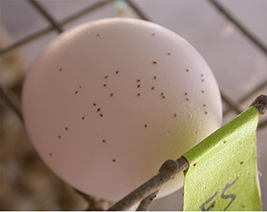
ECONOMIC DAMAGE
Reductions in egg production and feed conversion mean reduced profits as well. One stufy reported profit losses of $0.07 to $0.10 per hen over only a 10-week infestation period, eroding all expected profits at the time.
Technical Manual
The development and approval of Exzolt (fluralaner) solution for treatment via drinking water now offers an unparalleled approach for management of poultry red mites in chickens. The Exzolt Technical Manual provides useful and comprehensive information about this cost-effective and revolutionary product.
